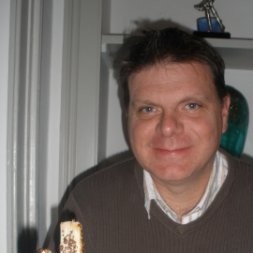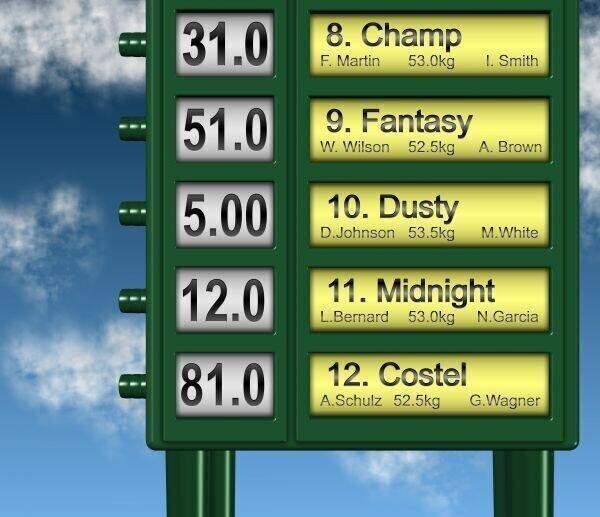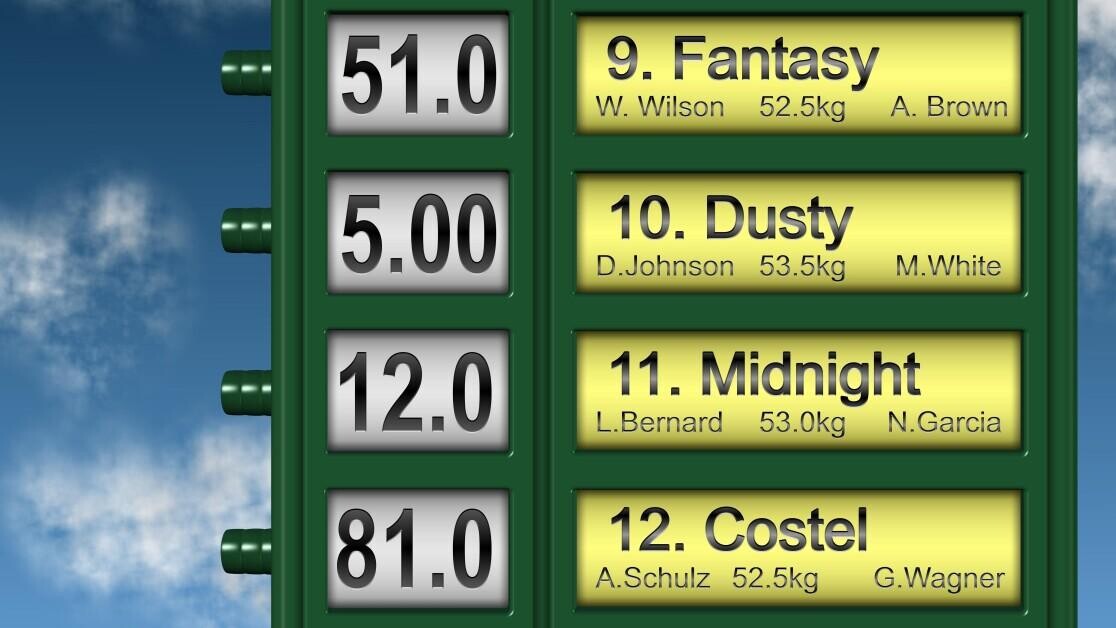
Horse Racing, greyhounds and snooker specialist with thirty years experience of writing about sport across multiple platforms. A QPR and Snooker fan
No matter how long you've been betting, or even how successful you are, you may have at some point wondered how those online bookmakers do it?

How do they come up with the betting odds and how do they try to ensure a profit?
I'm going to try to show that here.
Once you have read my take via this Bookmaker Masterclass, please visit the betting school article on understanding bookmakers.
Understanding What Odds Represent
In the past, I have used the coin-toss quite well to explain relative chances.
In a coin-toss, both outcomes are exactly the same, so it's a perfect 50/50 scenario.
That means the true chances of heads or tails being the outcome in terms of betting is Evens, Heads and Evens Tails.
But a bookmaker betting on the outcome would not offer Evens for both, because there would be no profit for them.
They would offer less, something like 10/11 or 4/5 each of two.
For the purposes of this article, the coin-toss isn't a good example with only two outcomes. We need something that, for example, might simulate a horse race, so let's instead use a six-sided dice.
This is perfect because you could relate it to a six-runner horse race but without all the many unseen factors which can influence the runners' chances that make betting on racing so difficult to predict.
Because the dice has six outcomes that all have a truly equal chance of turning up, the true chances of any one number being the outcome is 5/1 (five chances of not appearing, but only one chance of appearing).
Making a Simple Book
 As explained with the coin-toss above, a bookmaker would not start by offering the true chances, since offering six outcomes at 5/1 would form a 100% book, and there's no profit in a 100% book. The bookmaker is more likely to offer 4/1 on each outcome. 4/1 = a 20% chance. Six outcomes at 20% = 120%.
As explained with the coin-toss above, a bookmaker would not start by offering the true chances, since offering six outcomes at 5/1 would form a 100% book, and there's no profit in a 100% book. The bookmaker is more likely to offer 4/1 on each outcome. 4/1 = a 20% chance. Six outcomes at 20% = 120%.
This would produce a 20% profit in a completely formed book with the same amount staked on each. That's a common % 'over-round' although albeit a touch on the high side, but let's keep it simple for now.
Ok so far? Good, let's move ahead with our example. So the dice is our six-runner 'race'. Let's say it's 30 minutes before the race is off.
The bookmaker would start off, with no money in the book so far, by chalking up 4/1 for each runner because they all have an equal chance (in a real horse race the range of odds offered would be unique to that event and influenced by many factors).
| One | Two | Three | Four | Five | Six |
| 4/1 | 4/1 | 4/1 | 4/1 | 4/1 | 4/1 |
As money starts to come in he may not immediately change anything, rather wait a bit to see where the money is going. Let's say after ten minutes at these odds there's been the following amounts staked on each runner:
| One | Two | Three | Four | Five | Six | Total |
| £10 | £10 | £5 | £2 | £15 | £1 | £43 |
There's a total of £43 staked, and you can see that #5 is popular, followed by #1 and #2 with #3, #4, and #6 unpopular. Where does the bookie stand, and what will he now do about it? The following shows how much each one is going to win or lose the bookie, at this stage, with 20 minutes left before the off.
|
|
One | Two | Three | Four | Five | Six |
| ODDS | 4/1 | 4/1 | 4/1 | 4/1 | 4/1 | 4/1 |
| STAKED | £10 | £10 | £5 | £2 | £15 | £1 |
| PAYOUT | £50 | £50 | £25 | £10 | £15 | £5 |
| +PROFIT/(LOSS) | (£7) | (£7) | +£18 | +£33 | (£32) | +£38 |
So you can see at this stage that there are three losers in the book, and three winners, but the bookie does not want to play 'punter'. He wants to try to ensure that he can make a profit regardless of the outcome - that's the very basic principle of bookmaking, and that's what he'll be trying to do here. The bookie doesn't want much more money for #4. #1 and #2 may balance out in the twenty minutes left but he has to be careful. He wants more money for the other three, especially #6. So he's going to alter the odds, and it may end up looking like this:
| One | Two | Three | Four | Five | Six |
| 4/1 | 4/1 | 5/1 | 6/1 | 2/1 | 7/1 |
This gives us the following % chances: 20+20+16.7+14.3+33.3+12.5 = 116.8%. Now it's becoming a little more complicated. The % over-round has dropped slightly, but it's not uncommon for it to vary slightly. At these prices (and given the easily understood chances of a dice roll), punters would for the most part avoid #5 and see that #3, #4, and especially #6 are looking overpriced.
The bookie would hope to see some money to come in for them.
In this example, I've made it very simple. In the reality of horse races the bookie is constantly measuring liability against odds, making adjustments often, and where necessary to either attract or discourage more money and that is why you see so many market moves in the betting of any event.
Every bet is recorded and nowadays it's computerised so the bookie can see liabilities for each horse at any time.
It's not uncommon to see the odds drop on one horse, only to start rising again as money comes for others in the race.
It's generally all about weight of money.
Money Talks
 Forming a balanced book is therefore not really about who the bookie thinks might win. He uses the weight of money coming in to show him where he needs to make changes.
Forming a balanced book is therefore not really about who the bookie thinks might win. He uses the weight of money coming in to show him where he needs to make changes.
However, at some point for many bookies opinion actually does come into it. It's not a perfect science and even with the best intentions, the bookie might hardly ever form a perfect book where he will win regardless.
Short of refusing bets, if punters are all over a particular horse (like with a major gamble), the bookie will find himself with a big loser even though he cuts and cuts the odds.
Taking Risks
 The more risk the bookie wants to take, the more personal opinion he may apply to the way he prices up runners.
The more risk the bookie wants to take, the more personal opinion he may apply to the way he prices up runners.
If you're at the racecourse, you may notice that some bookies start by pricing up all bar perhaps one horse. That's an indication they may fear, or be unsure, about that one and so they try to get some money in the satchel from the others before adding it in or wait till they see what the bigger bookies price up at.
The exchanges are nowadays very influential in how bookies price races and watch/change odds. If a bookie wants to take a risk, if he has a view on a certain runner, he may stand a bigger price even when the weight of money is telling him he should cut the odds to balance the books.
I hope this has provided a little insight into what a bookie has to do to make and maintain a book.
Look out for these and more articles at the OLBG Betting School.
Bookmakers Closing Accounts: Why They've Got it Wrong
Jim Brown is a former betting industry employee with over 30 years of experience in the industry.
He's been an OLBG member since 2010 and is a frequent contributor to the forums and the blog pages.




